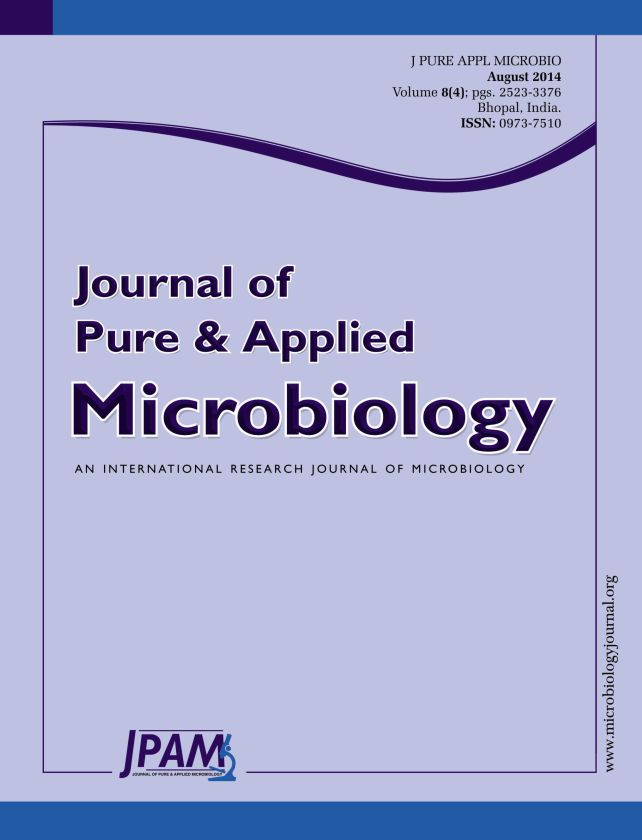Phytase production using Escherichia coli BL21 (DE3), a recombinant strain harboring a plasmid encoding thermostable Bacillus phytase, in semi-industrial scale was studied in this work. Among the factors needed to be considered in order to achieve high enzyme yield, aeration rate plays an important role. Suitable aeration is required to supply cells with sufficient amount of air for cell and phytase production. The effect of different aeration rates, (1.0, 2.0 and 3.0 vv-1min-1), on the kinetics of cell growth and phytase production by the recombinant E. coli BL21 (DE3) in 16-L pilot scale stirred tank bioreactor was investigated. The highest cell concentration of 3.81 gL-1 concomitant with the maximal total phytase production of 15.63 UmL-1 were obtained in a bioreactor of aeration rate 3.0vv-1min-1. At this high aeration rate, a maximal specific growth rate (µmax) and the maximal specific phytase production of 0.33 h-1 and 4102Ug-1, respectively, were achieved.
Phytase production, Escherichia coli, aeration rate, Plasmid stability, bioreactor cultivation
© The Author(s) 2014. Open Access. This article is distributed under the terms of the Creative Commons Attribution 4.0 International License which permits unrestricted use, sharing, distribution, and reproduction in any medium, provided you give appropriate credit to the original author(s) and the source, provide a link to the Creative Commons license, and indicate if changes were made.


